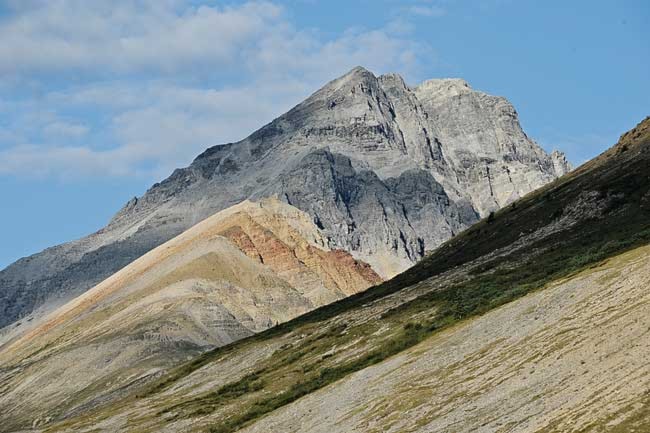After one of the longest public consultations in the territory’s history, we now know that Yukoners have a diversity of opinions on what should happen to the Peel watershed.
The government won’t say how many people are on one side of the issue or another.
“We heard from a number of Yukoners who want to see a significant degree of protection in the Peel region,” said Environment Minister Currie Dixon. “We heard from others who want to see parts of the area left open for potential economic development. ... There was a real diversity of input we received, and we’re going to take it all into consideration.”
The government released a “What We Heard” report on the consultation yesterday.
The four major perspectives seen through the consultation were that the Peel is an irreplaceable global asset, that the planning commission’s final recommended plan is fair and balanced, that the Yukon government is not following the rules, and that the government must balance development with protection.
The NDP Opposition is pleased to see the government admit that these are the things Yukoners have been telling them all along, said NDP leader Liz Hanson.
“When they say in their own press release that the four major themes talked to the importance of the Peel watershed as an irreplaceable global asset, and the view that the final recommended plan is fair and balanced - nobody has been saying anything other than that except the Yukon government. And it also reinforced the very strong perception that the government isn’t following the rules.”
What the report does not say is how many people expressed these views.
When asked why the document does not specify how many respondents fell into each of these perspectives, Dixon responded that all of the raw data is available on the consultation website.
“I believe we’ve posted every single thing we received online, so you can see them all online,” said Dixon.
But the consulting company paid to write the report has already done the counting. It’s just that the numbers are not being released publicly.
An official with Energy, Mines and Resources confirmed in a email that the company was asked to develop a coding framework, code all responses, and analyze that data.
That would involve counting every single time someone mentioned any of the themes that came up through the consultation.
So why are those numbers omitted from the document?
The report itself explains the choice.
“This document is a summary of all the written input that was provided by the public as part of the consultation process. It is not a statistical analysis and the numbers associated with the various thematic summaries found throughout this document serve only descriptive purposes. The various consultation materials circulated to the public and the public responses do not constitute a survey from which statistically significant inferences can be made.”
Yet there are no “numbers associated with the various thematic summaries,” even for descriptive purposes. If they ever were a part of the document, they no longer are.
So, for now, the public will not know how many people told the government to accept the final recommended plan, and how many told them to reject it, unless someone goes back to the original data and does the work the consultants were paid to do all over again.
Here, in no particular order, are the key themes that emerged through the consultation.
* Accept the final recommended plan
* Reject the final recommended plan
* The Peel watershed is an irreplaceable wilderness ecosystem
* The final recommended plan is a fair, balanced and a reasonable compromise
* The final recommended plan is neither balanced nor fair
* Respect the Umbrella Final Agreement
* Process has been undemocratic and disrespectful
* Exhibit courageous leadership
* Future land-use planning has been undermined
* Roads and wilderness are incompatible
* New designations and concepts are not a land-use plan
* Unhappiness with the open house consultation format
* Preference for 100 per cent protection of the Peel watershed
* Opposed to the Restricted Use Wilderness Area designations
* Support for the Restricted Use Wilderness Area designations
* Support for the Yukon government proposals
The government received 2,127 submissions through the consultation process, of which 82 per cent were from Yukoners. In addition, petitions and postcard campaigns generated 8,048 signatures, of which 87 per cent were from outside the Yukon. All submissions can be viewed at www.peelconsultation.ca.
Contact Jacqueline Ronson at jronson@yukon-news.com
